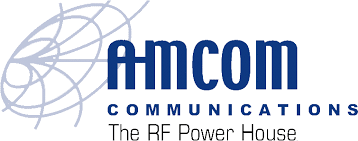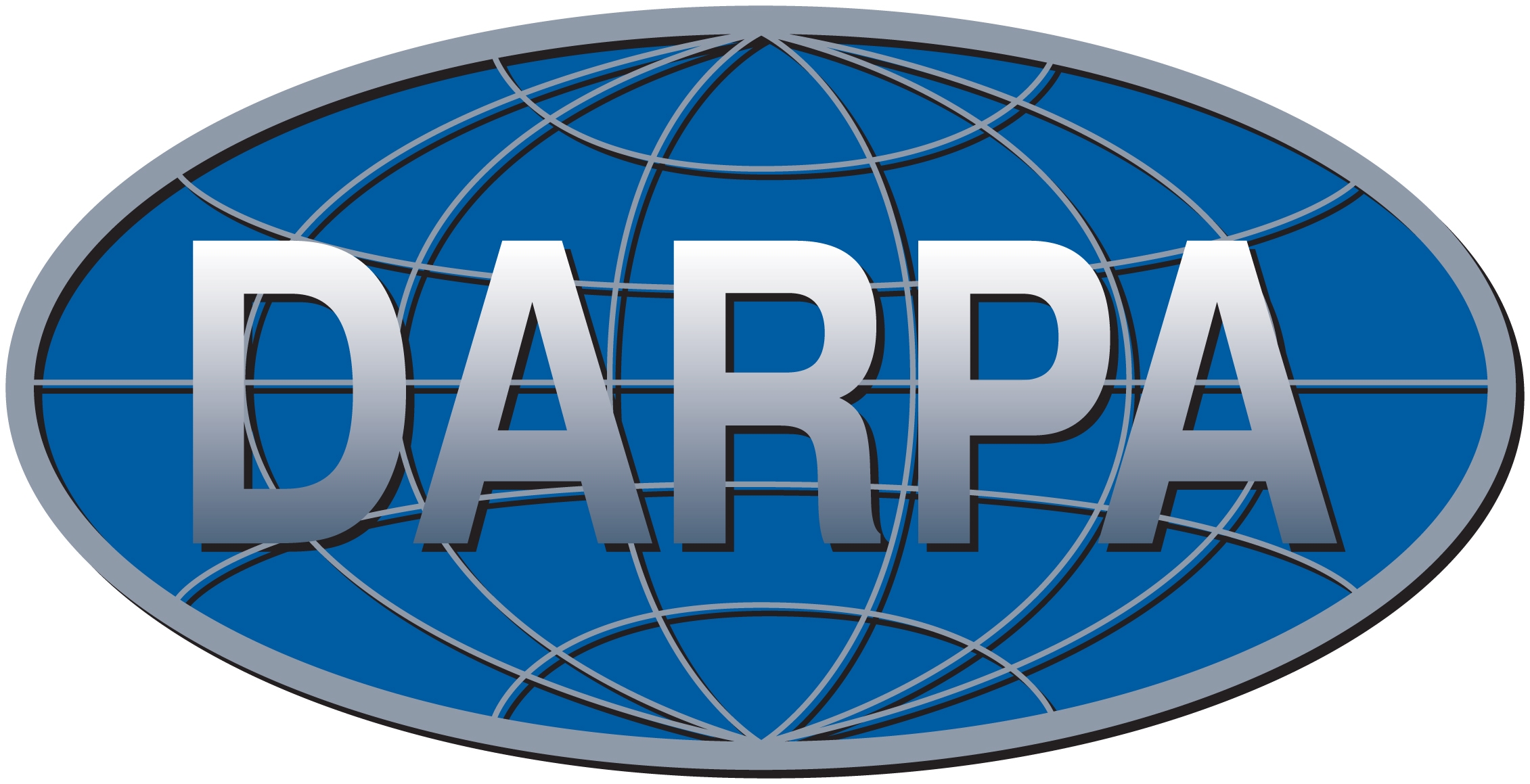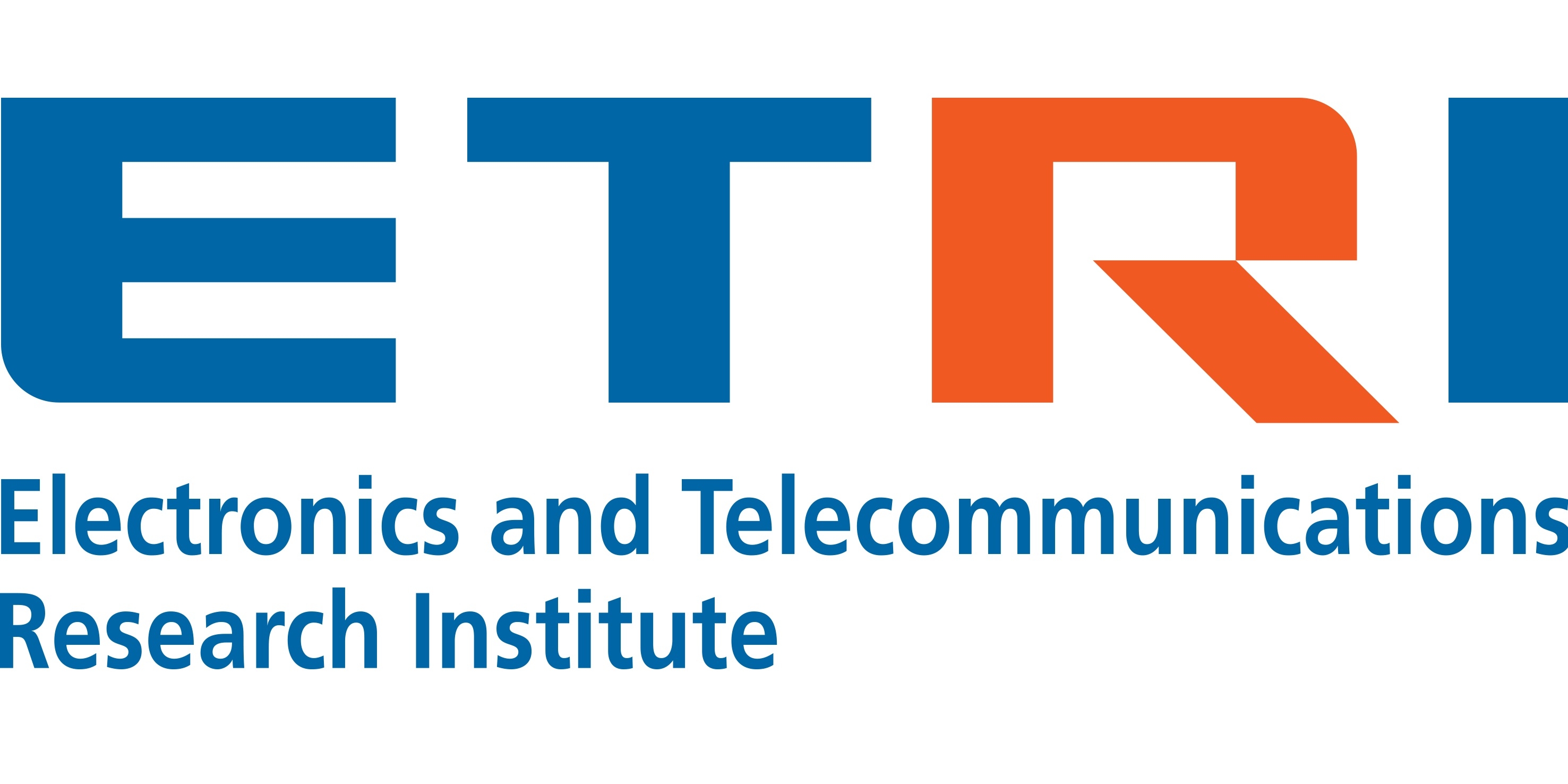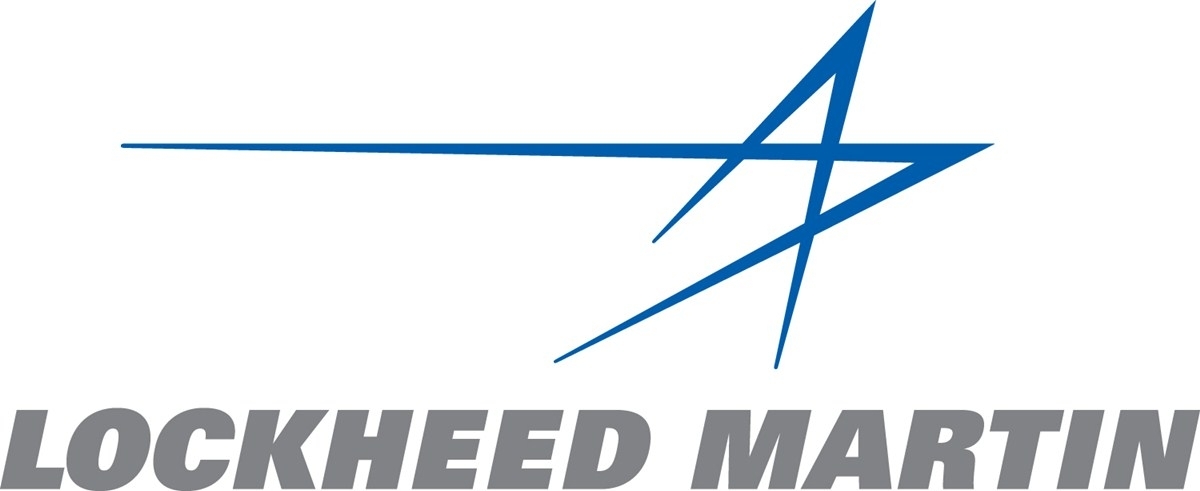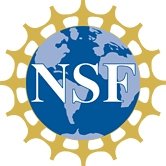Overview
The MICS group conducts research on analog, mixed-signal, and RF IC designs, antenna systems, and RF interfaces, in advanced silicon and related emerging technologies, such as GaN, 3D and MEMS. We have agreements with Texas Instruments and Jazz to fabricate test chips for free of charge, which provides us with a great opportunity to excel in our research. Our laboratories are equipped with state-of-the-art instruments such as network analyzers, a probe station, oscilloscopes, and anechoic antenna chamber, and we use industry CAD tools such as Cadence Virtuoso and Spectre, ADS, Ansoft HFSS, and PADS for design and simulation of circuits and systems. Therefore, we are capable of conducting research to deliver complete solutions to emerging problems in these areas. Our research has been funded by NSF and DARPA as well as various companies including ETRI, Lockheed Martin, and Pratt and Whitney.
Analog / Mixed-signal IC Thrust:
The focus of analog and mixed-signal IC research is to push the circuit design in low power or high speed for several applications including such as small scale energy harvesting and optical communications. For example, we are developing ultra low-power power management ICs to harvest energy from ambient sources such as indoor light, body heat, and RF signals. Our research on optical communications is to develop extremely high speed CMOS receivers with the target data rate of 400 Gbps. We exploit various techniques such as the subthreshold operation, analog signal processing, and digital calibrations to reduce power consumption, push operating speed, and/or increase the flexibility. We fabricate test chips through Texas Instruments for free of charge and MOSIS.
Research Topics:
- Power management ICs (including DC/DC converters, maximum power point tracking, and batter controllers) for small scale energy harvesting from solar, vibration, thermal, and/or RF
- High speed transceiver design for 400 Gbps optical communications in 65 nm CMOS
- Robust transceiver for power line communications for self-contained systems such ICs, automobiles, and airplanes
Neuromorphic Computing Thrust:
The Research on Neuromorphic Computing consists of two directions, hardware and software implementations for brain-inspired computing systems. Hardware implementation includes energy efficient analog IC design and three-dimensional circuit design for systems such as reservoir computing. We also conduct research on various encoding schemes such as temporal encoding with low power consumption which can be employed in neuromorphic computing systems. Software implementation includes emerging applications of reservoir computing such as wireless communications and cybersecurity. Research on deep learning structure of neuromorphic computing systems has also been initialized.
Research Topics:
- Neuromorphic Electronic Circuits Design and Automation for Brain-Inspired Computing System
- Energy Efficient Three-dimensional Neuromorphic Computing Circuit Design
- Hardware Reliability and Variability Analysis in Neuromorphic Computing Systems
- Artificial Intelligence, Machine Learning, and Deep Learning with Their Emerging Applications in Wireless Communications and Cybersecurity
RF IC Thrust:
Research on RF ICs includes circuit and system designs for low-power wireless communications, high performance multi-antenna systems such as MIMO (multiple input multiple output) and phased-array radar, and wireless sensing and imaging applications, spanning RF and microwave to millimeter-wave frequencies. We have also initiated research on terahertz integrated radio and radar systems for diverse applications such as wireless communications, biological and chemical molecule sensing, and safety and security applications. We are also pursuing digitally-enhanced RF design techniques to improve performance, power efficiency, and multi-functionality.
Research Topics:
- RF, microwave and mm-wave front-end circuits: LNA, mixer, power amplifier, phase shifter, VCO and phase-locked loop (PLL)
- Millimeter-wave and THz communication circuits and systems for >10-40 Gbps wireless links
- Passive and active radar circuits and systems for imaging and sensing applications at RF to mm-wave and THz regions
- Low-power radio communication circuits and systems: low-power RF front-end architectures and circuits, on-chip energy harvesting circuits.
Systems Design Thrust:
We develop circuits and systems for certain applications and prototype those systems using discrete components and low-power MCUs such as TI MSP 430.
Research Topics:
- Low-power power management circuit for small scale energy harvesting from solar, vibration, thermal, and/or RF
- Development of wireless sensor nodes to sense motion of elders using accelerometers and gyroscopes





